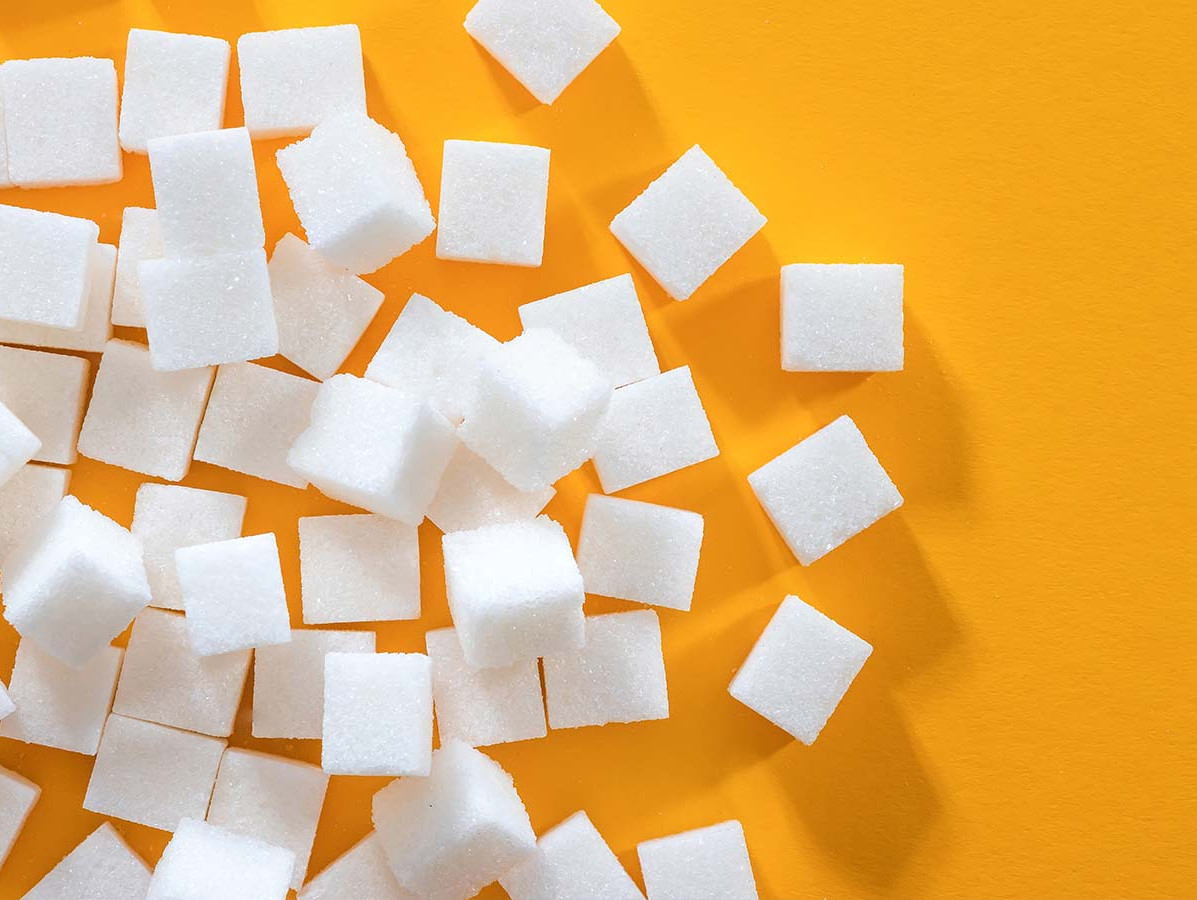
Recent figures from the Food Consumption Survey (VCP 2019-2021) by the RIVM show that the average intake of sugar and salt among Dutch residents has decreased, while fiber intake has increased. A positive trend aligning with the efforts of the confectionery industry.
In 2010, the contribution of confectionery to sugar intake was 20%, but according to the latest VCP (2021), it has decreased to 14.7%. Energy intake from confectionery also decreased, from 7% in 2010 to 5.2% in 2021. Theo Heere, director of the association for cookies, candy, chocolate, snacks, and nuts, emphasizes the industry's commitment to improving product formulations, particularly in terms of sugar, salt, and saturated fat.
Sugar in confectionery serves not only as a sweetener but also other technical functions such as color and flavor enhancer. Replacing or reducing sugar in solid products proves to be a complex food technological challenge. Sugar reduction often leads to an increase in fats, resulting in more calorie-dense products. Sweeteners provide only a partial alternative, and the sugar replacement process requires careful considerations.
In addition to product reformulations, the confectionery industry focuses on awareness. An initiative that started in early 2023, with the slogan 'Enjoy freely, but consciously,' has reached 29% of Dutch consumers. Moreover, surveys show that 93% of A-brand products provide clear information about the recommended portion size, actively contributing to increasing awareness of a balanced lifestyle.
In light of these developments, the relevant question remains whether broader government measures, such as a sugar tax, are the right way to combat obesity. The opinion among the Dutch remains divided, with a significant portion doubting the effectiveness of such taxes in reducing overweight. Theoretical considerations about the administrative burdens for businesses and the complexity of the tax system are also emphasized, as indicated by the CPB.
Source: VBZ